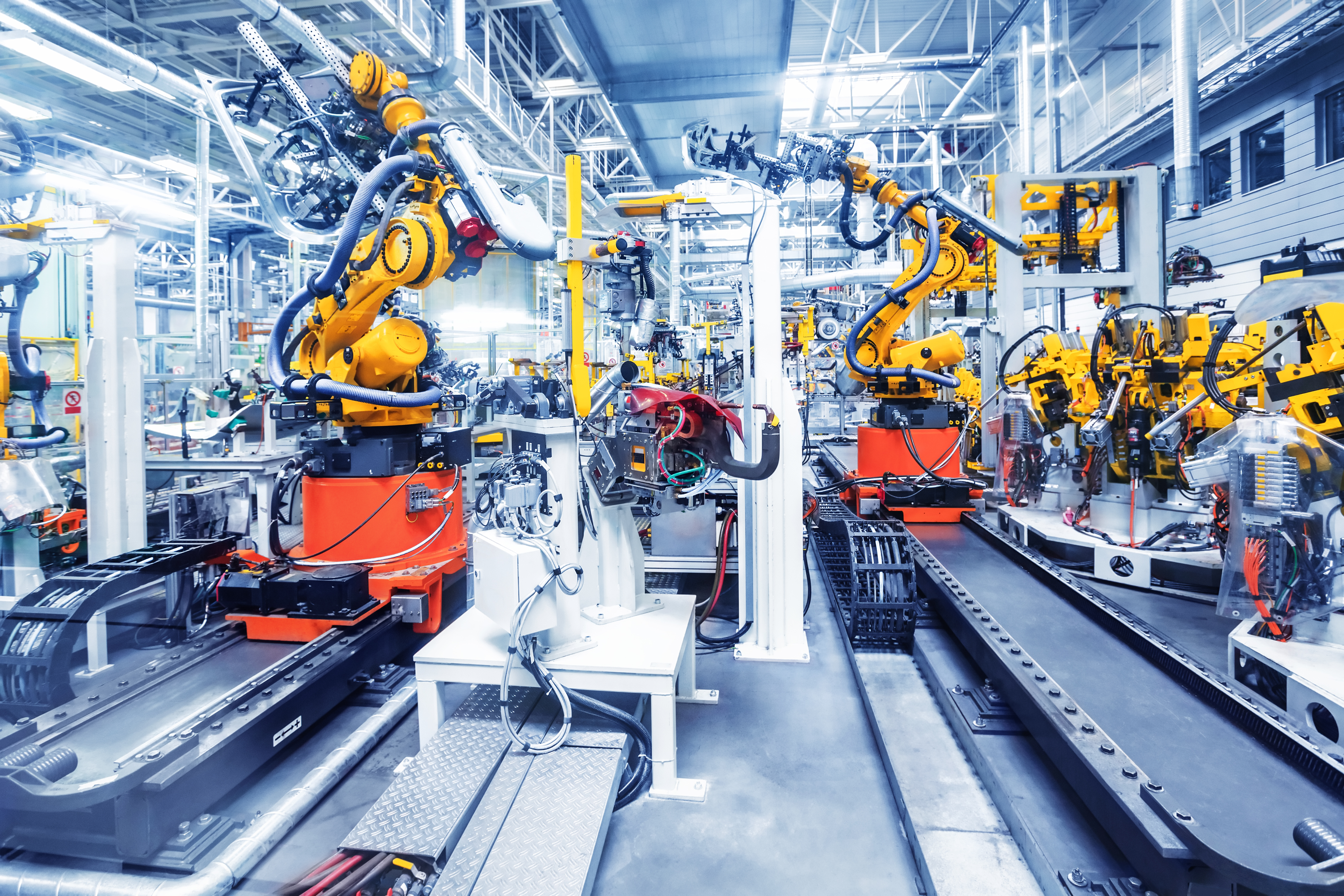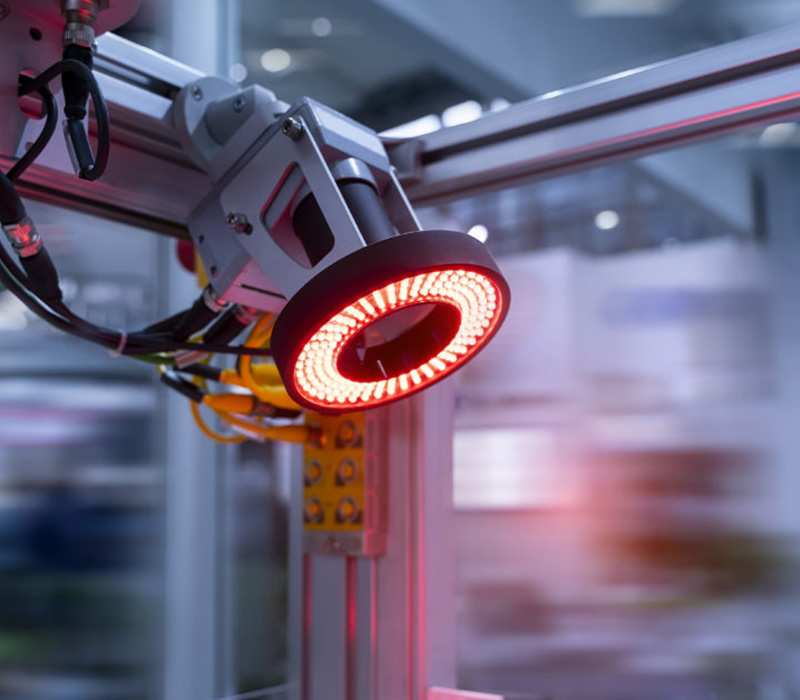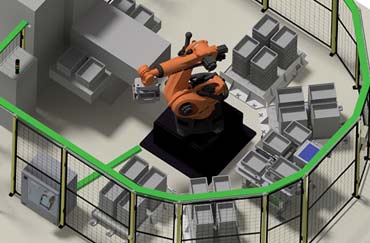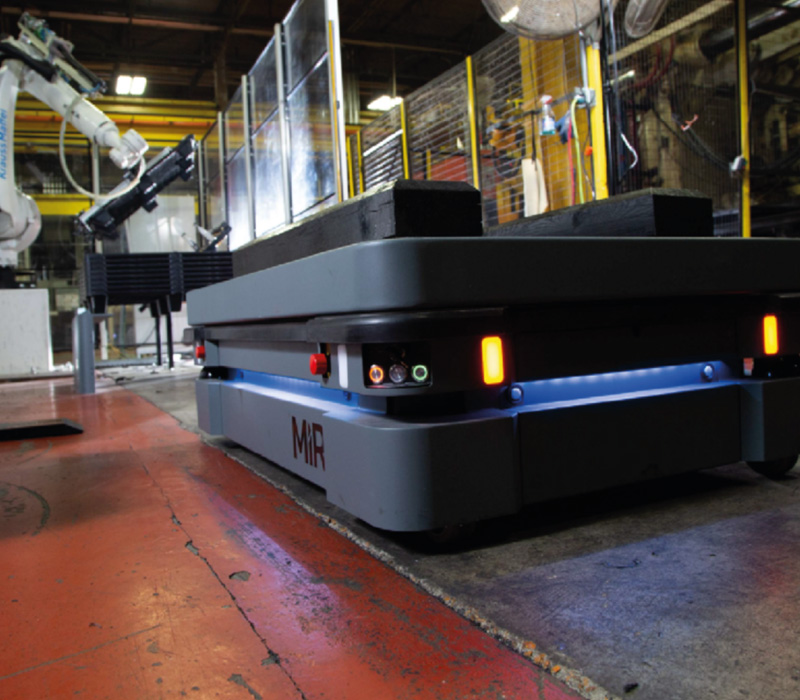Automation is the key to increasing production efficiency.
Today’s world is driven by the emergence of new technologies. With modernization and the digital revolution, the physical and digital worlds complement each other to give birth to Factory 4.0. This represents a real opportunity on a global scale. Here’s a detailed presentation of this modern factory, its significance, origins and remit.
Industry 4.0 makes automation a reality.
Industrial automation is the ability to use machines (special machines, industrial robots, etc.) to reduce the worker’s workload while improving productivity and quality.
Factory 4.0: what is it?
Factory of the future, connected factory or intelligent factory are terms we’re beginning to hear more and more often. In fact, they refer to the single expression Factory 4.0which corresponds to the evolution of the standard factory towards digitization or autonomization.
This term was conceived and developed by the Boston Consulting Group. He proposes a projection according to which a whole new world will be created and invaded by new technologies. These include robotization, the Internet and artificial intelligence, all of which will be effective means of increasing production.
Support for industrial automation
This is a new approach to using digital technologies to produce goods and services in real time. Simply put, it’s a new plant that’s intelligent, automated and efficient in terms of resource management. It’s a groundbreaking project, bringing to life an industrial revolution at the service of society.

CIM Atlantique offersautomation solutions perfectly adapted to your manufacturing processes.
What are the origins of Factory 4.0 and the 4th Industrial Revolution?
The number 4 in this expression indicates the stage of the fourth industrial revolution. It’s no secret that the industry has undergone several revolutionary changes over the years. The first revolution took place in the 18th century, the second in the 19th and the third in the mid-20th.
The first industrial revolution
It dates back to 1765 and is marked by the use of coal and the advent of the steam engine built in 1769 by James Watt. These are the resources that drive mechanical production. During this period, factories used this machine as an engine to manufacture products in small batches.
The second industrial revolution
The second began in 1870. It is marked by the use of oil and electricity. This has led to the modernization of industry and the means of production. From now on, manufacturing machines will switch from steam to electricity.

CIM, support for industrial automation
The third industrial revolution
The third industrial revolution began in the middle of the 20th century. This is the stage whenproduction is automated through the use of industrial robots, electronics, computers and telecommunications. This relieves workers of their difficult factory tasks. This was the start of mass production. It focused on the energy transition. the transition from coal and oil to renewable energies from water, sun, air, etc.
In a nutshell, there was the steam engine, followed by electricity and industrial robotics. From now on, we’ll be seeing the emergence of the fourth industrial revolution, Factory 4.0. One of its challenges is to establish a connection, an accompaniment towards industrial automation, between the customer, his needs and the production plant. This link cannot be operational without the new computer technologies that will be required.
One of the stages in this digital transformation of the industry :
Robotics, cobotics and machine vision to develop automation
By combining IT, robotic automation and machine vision inspection, you can create several high-performanceautomation systems.
Industrial vision
Machine vision is the application of computer vision to the industrial fields of production, automation and research.
Industrial robotics
Today,industrial robotics enablesrobots to be automated to perform all kinds of mechanical tasks. Each case is analyzed, then developed and integrated into its environment.
Cobotics
This approach to automation and technology aims to refine the action of traditional industrial robotics to achieve better cooperation between man and machine.
Speed of execution, network connectivity and quality inspection are the keys toautomation in the factory of the future.
Technologies offered by the factory of the future
The Factory 4.0 automation project underpins the advent of several technologies. Firstly, it will be a technology enabling digital elements of reality to be viewed through digital glasses. Additive manufacturing is a technology that enables parts to be produced in real time, simplifying manufacturing processes. There are also innovations such as: the IOT process, Big Data, Cloud Computing, simulation and Cybersecurity.
The IOT process
It concerns the system of connected objects and makes it possible to monitor the evolution of machine use in order to plan maintenance work.
Big Data
This is a digital technology for analyzing large volumes of data in the shortest possible time.
Cloud Computing
It’s an invention for efficiently managing analysis software and data.
Simulation
Based on 3D modeling to simulate behavior, it can also be used to monitor production lines and production rates.
Cyber security
The aim of this innovation is to ensure the security of all data. It is designed for connected objects, transferring data to storage and computing servers.
Factory 4.0 and industrial automation
These different technologies will undoubtedly benefit businesses. They will improve their productivity. The connected factory thus appears to be a tool enabling companies to boost their performance. In addition to all this, the interconnection between these technologies will enable a dialogue mechanism to be set up between work tools.
Generally speaking, the factory of the future offers a number of undeniable advantages, such as the flexibility to satisfy customer demand despite variations in demand. There’s also the implementation of digital tools to react quickly to malfunctions.
Production optimization thanks to digital simulation and adaptability with remote-controlled machines must be taken into account.






